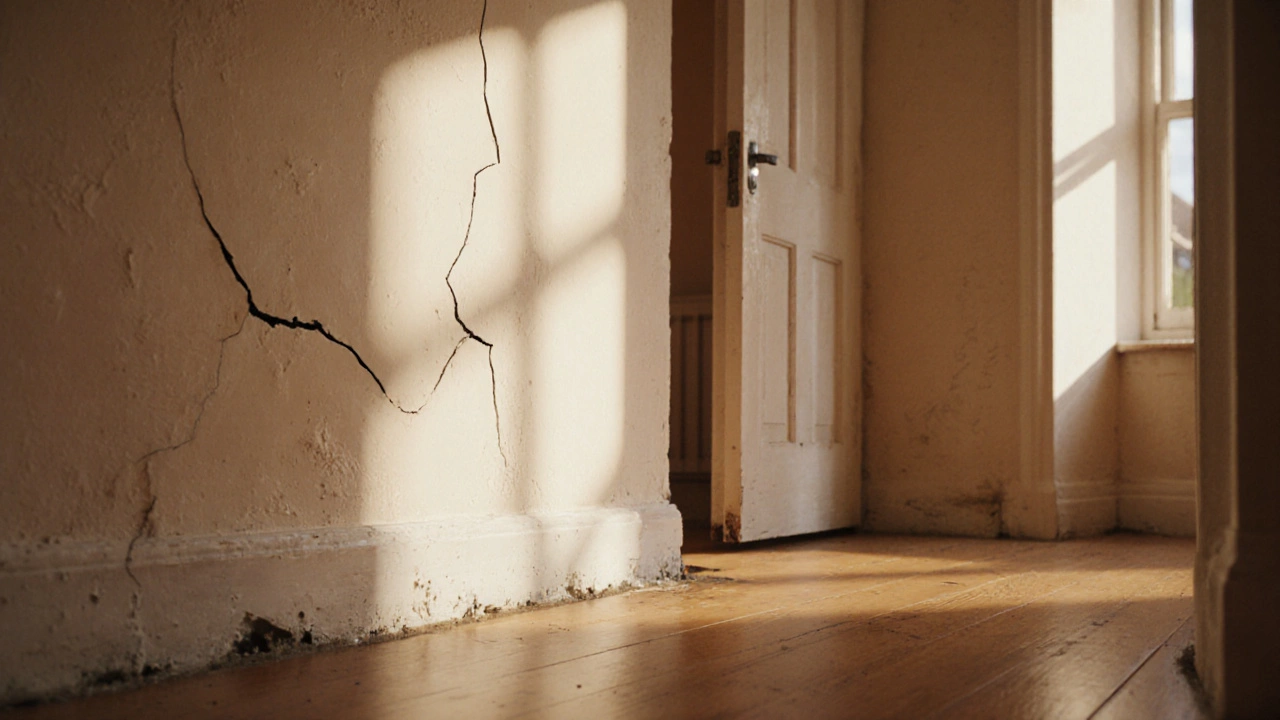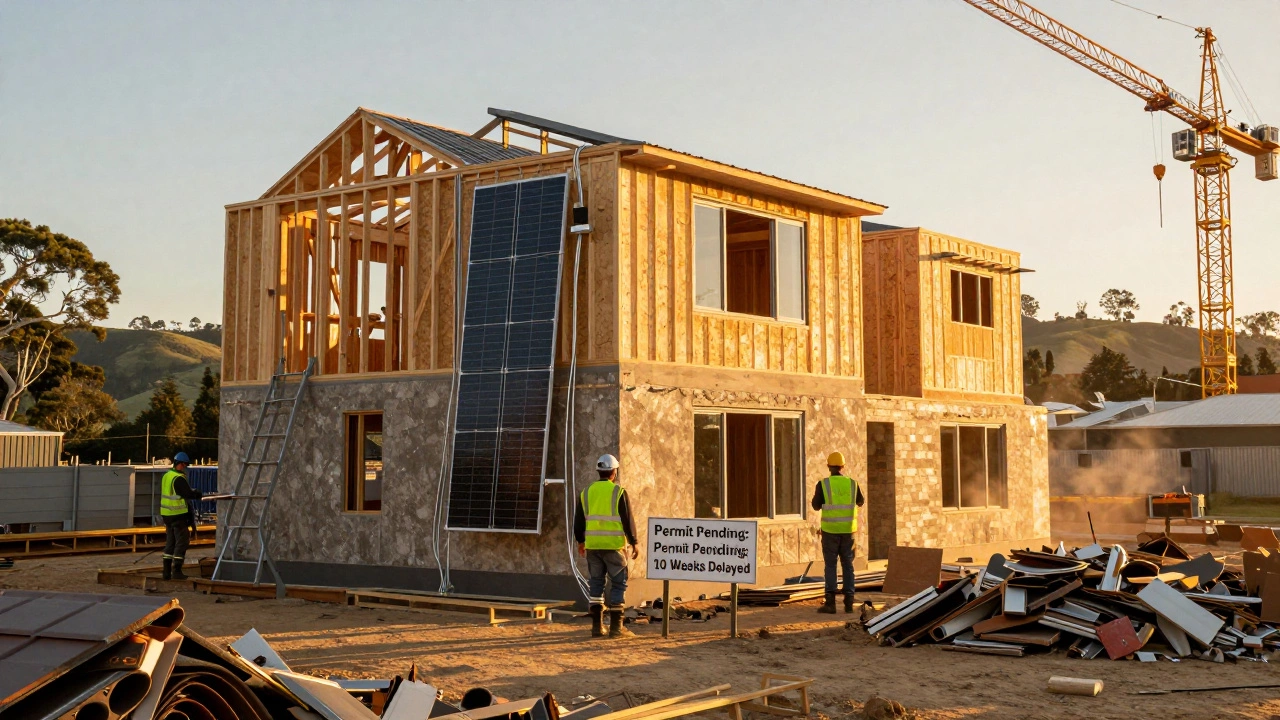Crack Repair: Understanding, Fixing, and Preventing Structural Cracks
When dealing with crack repair, the process of identifying, evaluating, and fixing cracks in building structures, you quickly run into a few core concepts. A common type is foundation cracks, cracks that appear in the footing or slab and often signal settlement or soil movement. Another frequent issue is horizontal cracks, cracks that run parallel to the ground and can indicate pressure from expanding soils or poor drainage. New‑build homes aren’t immune either; new‑build cracks, small fissures that show up as the structure settles after construction often cause alarm for first‑time owners. All these scenarios rely on a solid structural assessment, a systematic evaluation of a building’s integrity to decide the right repair method. In short, crack repair encompasses foundation crack assessment, requires detailed width measurement, and is guided by structural assessment outcomes.
Why proper crack repair matters
Ignoring a crack isn’t just an aesthetic choice; it can lead to moisture intrusion, reduced insulation, and in worst‑case scenarios, a compromised load‑bearing wall. For homeowners, knowing the acceptable width is critical – a crack under 0.3 mm often stays harmless, while anything wider may need epoxy injection or stitching. The repair method you pick also depends on crack orientation. Horizontal cracks usually demand pressure grouting, whereas vertical or stair‑step cracks might be sealed with flexible sealants. New‑build cracks typically resolve themselves over a few months, but a quick assessment helps you decide if you should monitor or intervene.
When you start a repair project, the first step is to measure the crack accurately. A simple ruler or a crack‑width gauge can give you a reading you can compare against industry standards. Next, determine the cause: is it soil movement, thermal expansion, or structural overload? This cause‑and‑effect link informs the repair technique – for example, foundation cracks caused by expansive clay soils often need a combination of drainage improvement and underpinning, while horizontal cracks from hydrostatic pressure might be fixed with soil nailing.
Beyond fixing the visible damage, true crack repair also involves prevention. Installing perimeter drains, maintaining proper grading around the building, and using moisture‑resistant backfill can stop many cracks before they start. If you’re renovating a property, consider waterproofing membranes and flexible joint fillers to accommodate future movement. These preventive steps not only extend the life of your repair but also protect the overall health of the structure.
Below you’ll find a curated collection of articles that walk you through each of these stages. From gauging safe crack widths and spotting serious horizontal cracks, to understanding what’s normal in a new build, the posts give clear, actionable advice you can apply right away. Dive in to get the details you need for a confident, lasting repair solution.






